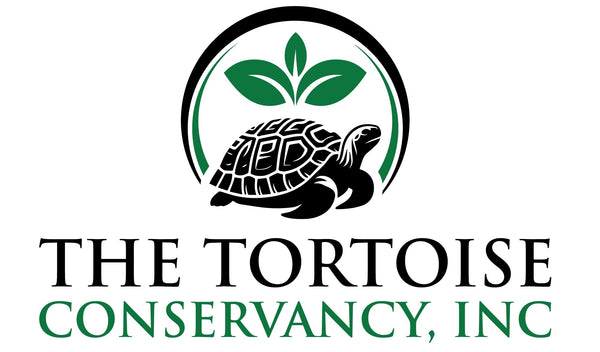Monitoring Tortoise Recipient Sites: Tracking Success
Share
The success of wildlife sanctuaries depends on consistent monitoring to ensure that habitats remain suitable for gopher tortoises and the many species that depend on them. Monitoring involves observing population growth, documenting burrow activity, and assessing the health of native vegetation within recipient sites. This process provides invaluable insights into the effectiveness of conservation strategies and helps identify potential challenges.
Recipient sites are living ecosystems, and conditions can change over time due to natural factors or human influences in nearby areas. Regular monitoring ensures that these changes are identified early, allowing for proactive measures to maintain the habitat’s ecological balance. For instance, invasive plant species may encroach on a site, requiring immediate removal to prevent damage to native vegetation. Similarly, tracking burrow activity can reveal trends in gopher tortoise populations and their interactions with other species.
Monitoring also fosters collaboration between conservationists, volunteers, and researchers, creating a community committed to protecting these sanctuaries. By analyzing data collected over time, organizations like The Tortoise Conservancy can refine their strategies to better support the long-term health of recipient sites.

Featured Species: Raccoon
Raccoons are among the most adaptable animals in gopher tortoise habitats. These omnivorous mammals often utilize tortoise burrows for temporary shelter and forage in the surrounding area for food. While raccoons can be opportunistic predators, they play a vital role in the ecosystem by helping control populations of smaller animals and insects.
Recipient sites that support raccoons also contribute to a balanced food web. By monitoring raccoon activity, conservationists gain insights into the overall health and dynamics of the habitat, as their presence often indicates abundant food resources and stable conditions.
